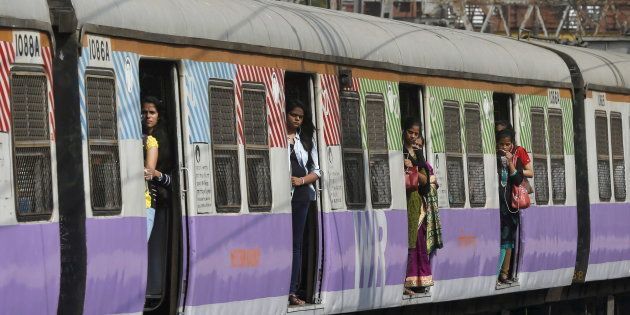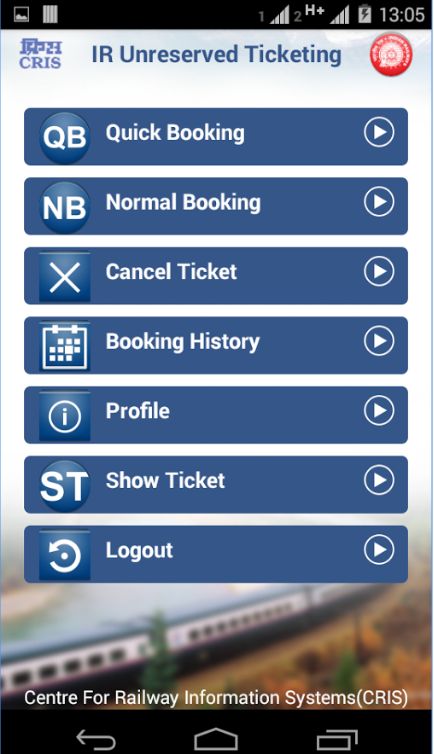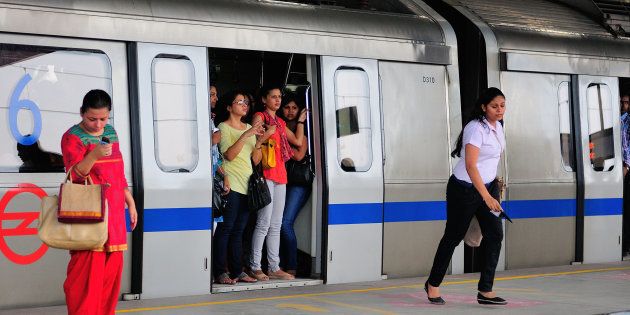
According to the government, besides curbing black money, demonetisation will also help the shift to a cashless economy and encourage people to use digital payment systems. Many ministers have sent out tweets on the subject, urging people to go cashless. Online wallets are rallying around the announcement, and claiming a spurt in traffic figures.
But are cashless facilities and services available for one of people's most basic needs -- public transport?
There are no transaction charges for UPI. It is time to Go Cashless Go Digital. #DigitalIndiapic.twitter.com/YFk19I57U3
— Ravi Shankar Prasad (@rsprasad) November 28, 2016
Indian travel has changed a lot in metros and tier 2 cities, most notably with the introduction of metro rail systems and with cab hailing apps such as Ola and Uber expanding by the day and providing on-demand cashless cab rides to people.
The public transport backbone though remains largely unchanged, be it autos, trains, buses and even the humble cycle rickshaw.
According to the data released in 2013, there were 183 million autos in India at the time. In the three years since, the figure is likely to have gone up to 200 million. Most autos as a rule take cash payments, though there are a few app based auto services now such as Jugnoo and Ola Auto that provide the cashless option. Some rickshaw drivers have begun accepting Paytm, Mobikwik, Ongo or some other wallets voluntarily.
What about the common man who travels in metros, trains and buses?
The railway department seems to be keeping up with the tech savvy times, having released an app called UTS on Android which lets customers book suburban railway tickets in Mumbai, Chennai and for the Delhi-Palwal route. For now, only limited stations are covered by the app and the customer can't change the smartphone tied with the app for three months. Tickets for longer routes can be booked through the Indian Railway's IRCTC website.

The Mumbai suburban railway has its own smart card which can be used in Central and Western lines, although for recharging the card you'd have to visit a railway station. The railways in the metro cities offer season passes.
One department that lags behind in offering commuters a cashless option is the bus transport system. Besides Mumbai, there are hardly any cities where passengers can book a bus ride with an app. Monthly passes are available but have to be paid for in cash.
An app called Ridlr has made bus rides easy in Mumbai, enabling payments for rides in BEST buses. Ridlr has recently also tied up with Navi Mumbai Municipal Transport (NMMT) to enable ticket payments on the app. Services such as Ola Shuttle and Shuttl provides bookings for intra-city travel in shared buses. While Ola Shuttle is present in multiple cities, Shuttl is running buses in the Delhi NCR area.

On the other hand, all the Metro lines operative in the big cities have a smart card system. And, almost all cards can be recharged online through net banking or credit card payments.
Fact remains that even in the metros public transport systems operate on cash payments. And, even if cashless payment facilities become increasingly available, it will be hard for commuters to manage multiple smart cards and apps. The problem becomes much more grave in Tier 2 cities.
While the government is urging people to go cashless it needs to take speedy steps to make cashless travel widely and easily available.